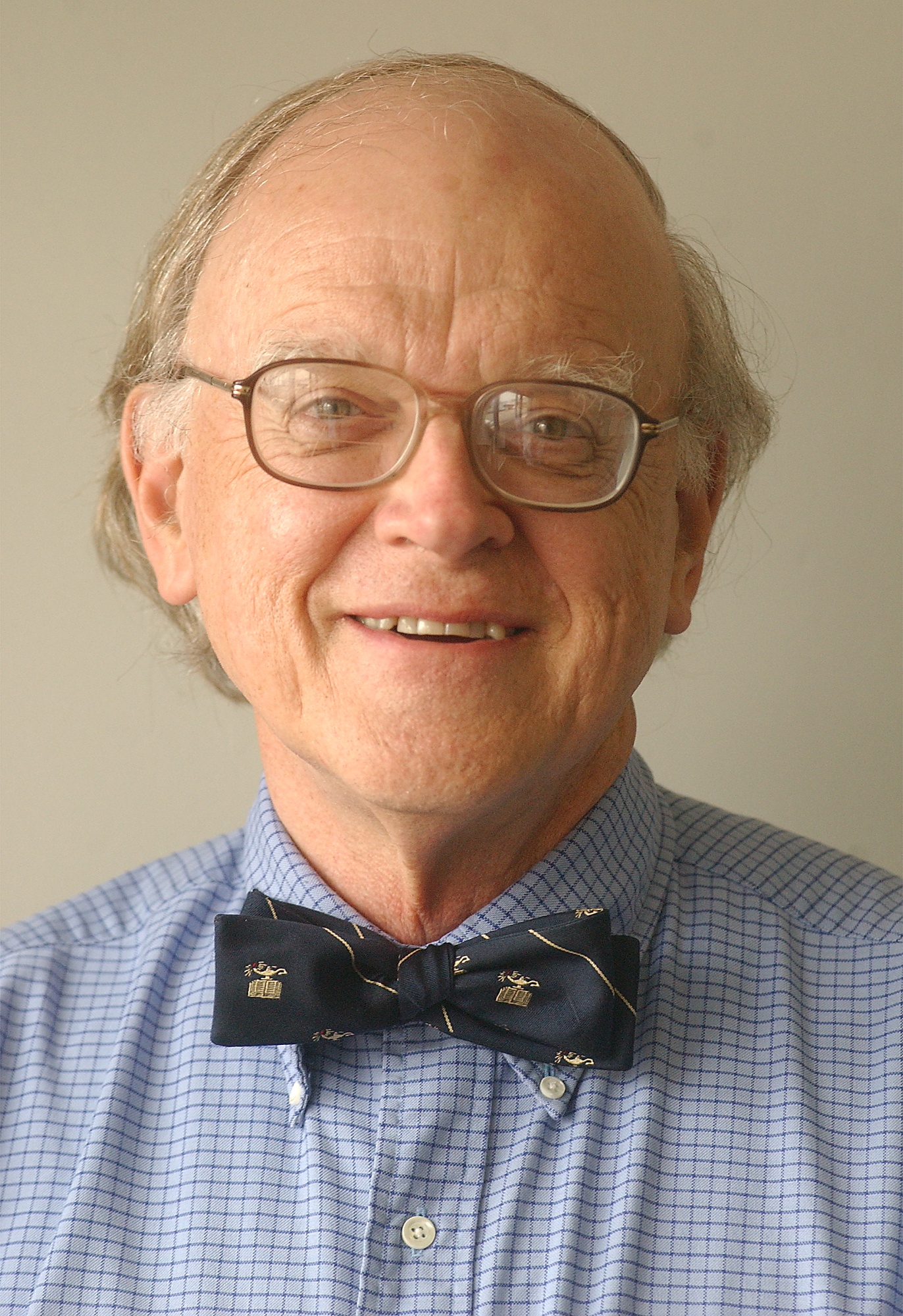How do we choose a course of action in stressful circumstances? When can we trust our intuition? Is our judgment ever unbiased? When should we defer a decision to another person or to a group?
These and other issues are addressed by psychologist Daniel Kahneman in, "Thinking, Fast and Slow," a vital and engaging book published earlier this year. The author is unusual among psychologists for his 2002 Nobel Prize in economics. The citation for the award credited him for "having integrated insights from psychological research into economic science, especially concerning human judgment and decision making under uncertainty." Lessons from this text are applicable to all of our endeavors, including the conduct of our personal lives.
Kahneman organizes his book into short chapters and invites the reader to participate in a number of experiments along the way. The principle focus throughout is upon decision-making.
For purposes of clarity, Kaheman divides thinking into System 1, our fast track, and System 2, which is slower and more analytical. The two systems do not act independently but vary in their contribution to problem solving.
System 1 can be compared to personal radar, always scanning our environment for dangers. If we are driving and a box falls from a truck in front of us, System 1 immediately analyzes the situation and directs our evasive actions. These actions arise from patterns established in our mind by earlier experiences. A professional driver will have an edge in speed of response and variety of action.
System 2 assembles our experiences and integrates them with all that we have learned. System 2 can be continually upgraded as we watch, listen and reflect. An expert medical diagnostician can consider a wider range of possible causes and outcomes of an illness. She can select from a wider menu of diagnostic tests and possible therapies. System 2, however, is slow and requires both effort and attention for full activation. The mental resources that comprise System 2 are more dependable when based upon statistical, as opposed to anecdotal, data.
Thinking is often limited by bias. If we are rushed or faced with an unpleasant situation, we may grasp the most readily available or emotionally appealing choice that pops into our mind. A calmer, more detailed analysis may suggest an entirely different response. Prejudices also interfere with clear thinking by narrowing our options.
Our emotional state obviously influences our thinking. Fatigue slows the information that we retrieve from memory. When tired we will be less likely to form clear associations among the materials stored in memory. Anger, fear, disgust and grief can each take a toll on our ability to employ System 2 to its full capacity. We may be overly optimistic when making our choices and thereby downplay the possibilities of a bad outcome.
We may also decide that the most readily available solution to a problem is the best answer. This exposes the laziness of System 2. Thinking is an active process that functions best in a calm environment. Author Kahneman accomplished some of his freshest thinking in long morning walks. Collaboration with a variety of researchers, some of whom actively disagreed with him, both enriched and clarified his thinking and subsequent writings. Amos Tversky, a friend and colleague for many years, helped formulate many of the ideas in "Thinking."
We take thinking for granted and may presume that current habits work well. Daniel Kahneman challenges us to assess current practices and then shows how we may think with greater precision.
Contact Clif Cleaveland at cleaveland1000@comcast.net.

